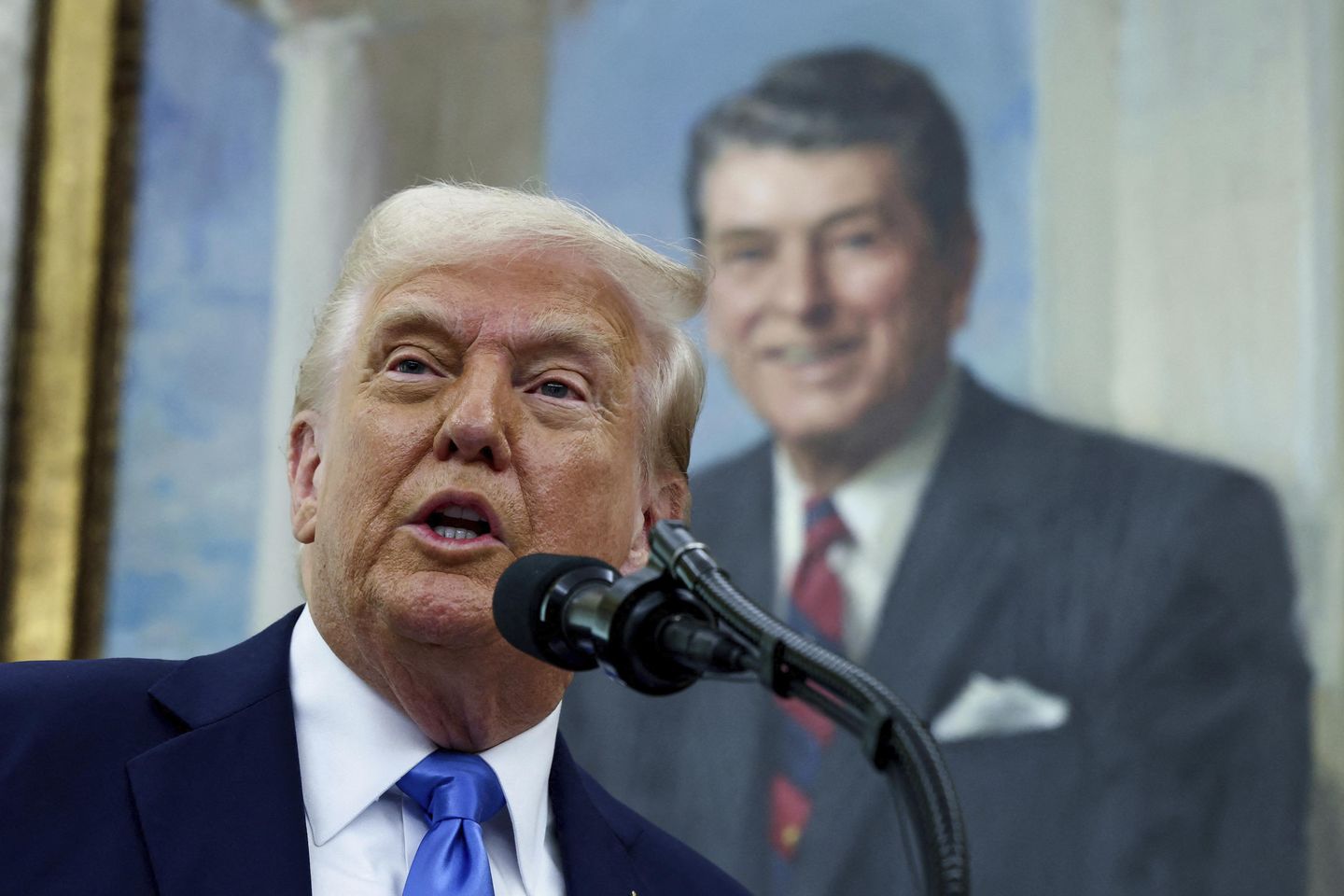
President Trump is upending tradition by not appointing any Democrats to independent regulatory commissions during his second term. The White House confirmed this policy explicitly, with Press Secretary Karoline Leavitt responding with a flat “No” when asked if the president would appoint Democrats to these bodies.
This breaks with over a century of tradition regarding how independent commissions operate. Many federal agencies have “partisan balancing requirements” established by Congress, where membership is divided between Republican and Democratic appointees. For example, the Federal Election Commission is supposed to have three appointees from each party, while agencies with odd-numbered members give the president’s party one extra seat.
Mr. Trump has been removing Democratic appointees from agencies including the Federal Trade Commission, National Labor Relations Board and Merit Systems Protection Board. His administration justifies this by claiming Mr. Trump has “lawful authority to manage personnel” and is removing “bad actors unaligned with his commonsense agenda.”
These actions have triggered multiple lawsuits. Judges are divided on the legality of these firings. District Court Judge Beryl Howell called the president’s firing of an NLRB member a “power grab” and ordered the official reinstated, criticizing President Trump’s self-portrayal as a “king” or “dictator.” However, a federal appeals court stayed this ruling in a 2-1 decision, allowing the firings to proceed while cases work through lower courts.
The legal battle centers on a 1935 Supreme Court ruling (Humphrey’s Executor) that prevented President Roosevelt from firing an FTC member over policy differences. This established that Congress could create “for-cause” removal protections for commissioners. Legal experts are uncertain how today’s Supreme Court will rule, with some suggesting the conservative majority might overturn this precedent.
The case raises questions about presidential power versus congressional authority to create independent agencies. While Mr. Trump is challenging removal protections, he hasn’t directly contested the partisan balancing requirements themselves. Critics argue his approach undermines the independence and legitimacy of these regulatory bodies, which were designed to operate with bipartisan input and some insulation from direct presidential control.
Read more: White House says Trump won’t put Democrats on bipartisan commissions
This article is written with the assistance of generative artificial intelligence based solely on Washington Times original reporting and wire services. For more information, please read our AI policy or contact Ann Wog, Managing Editor for Digital, at awog@washingtontimes.com
The Washington Times AI Ethics Newsroom Committee can be reached at aispotlight@washingtontimes.com.






![Trump's Admin Guts Another ‘Rogue Government Agency with Zero Accountability’ [WATCH]](https://www.right2024.com/wp-content/uploads/2025/03/Trumps-Admin-Guts-Another-‘Rogue-Government-Agency-with-Zero-Accountability-350x250.jpg)


![‘We All Owe Him (Elon) a Huge Debt of Gratitude’ [WATCH]](https://www.right2024.com/wp-content/uploads/2025/03/‘We-All-Owe-Him-Elon-a-Huge-Debt-of-Gratitude-350x250.jpg)







